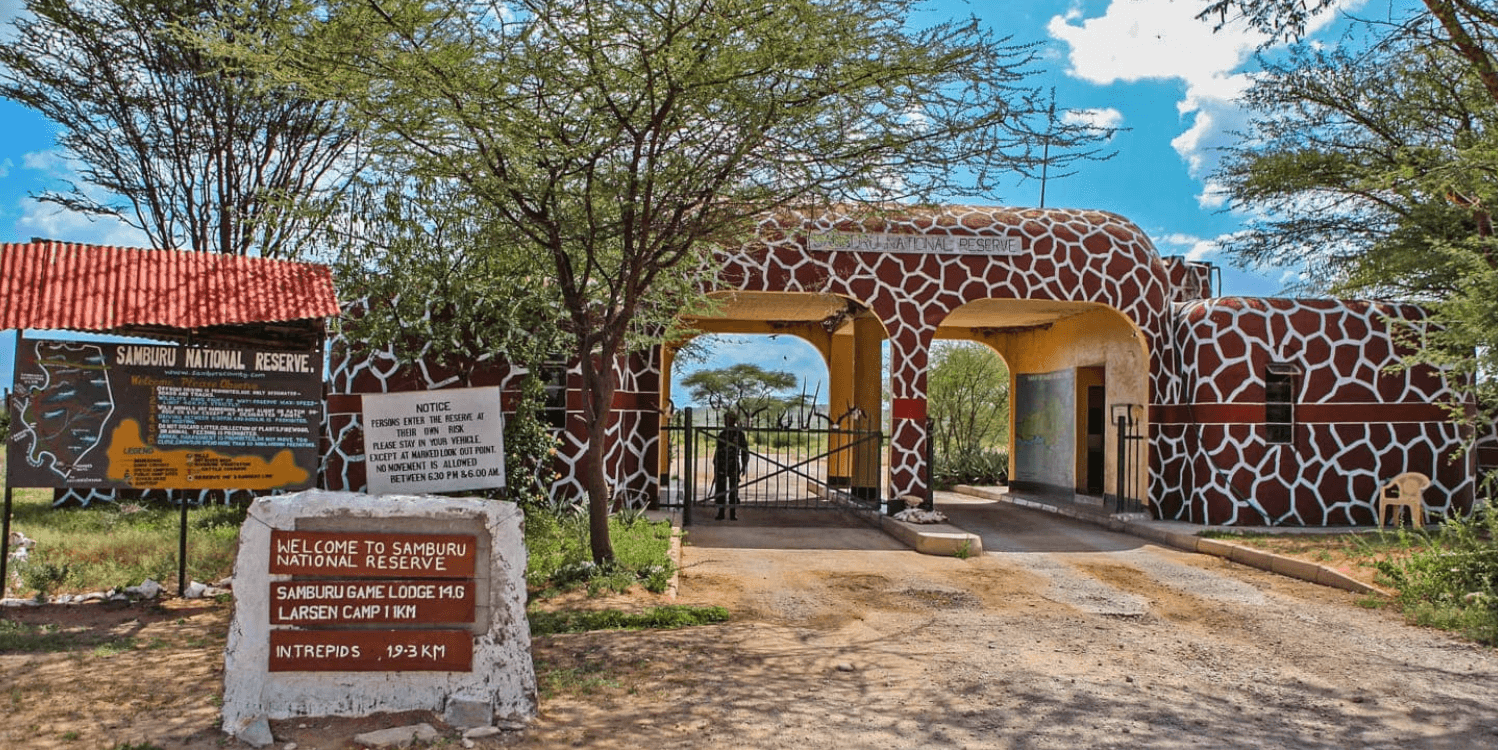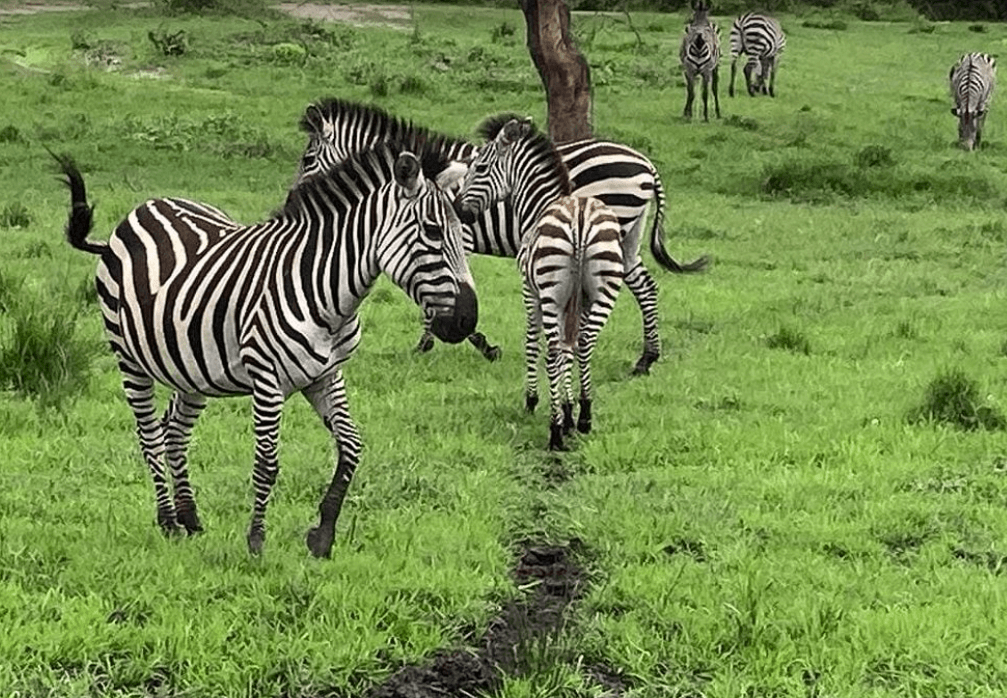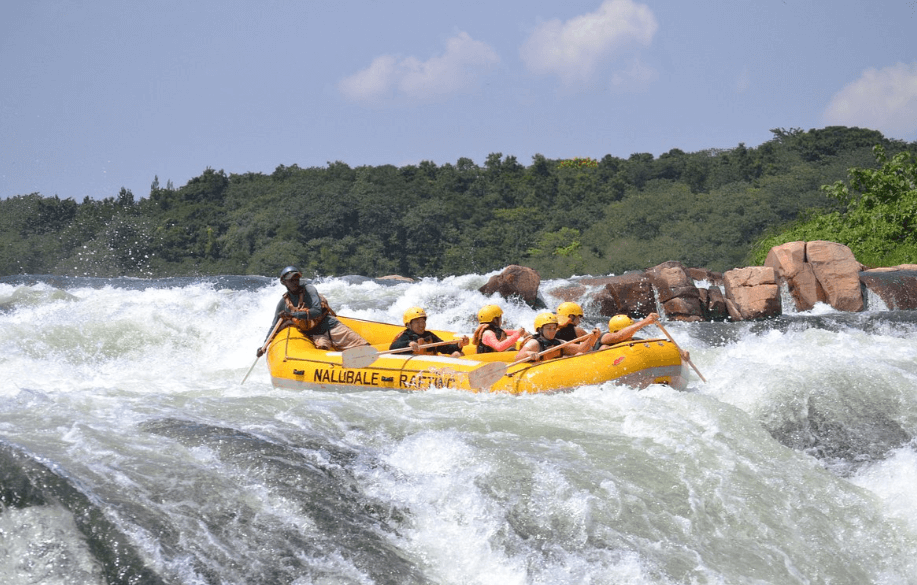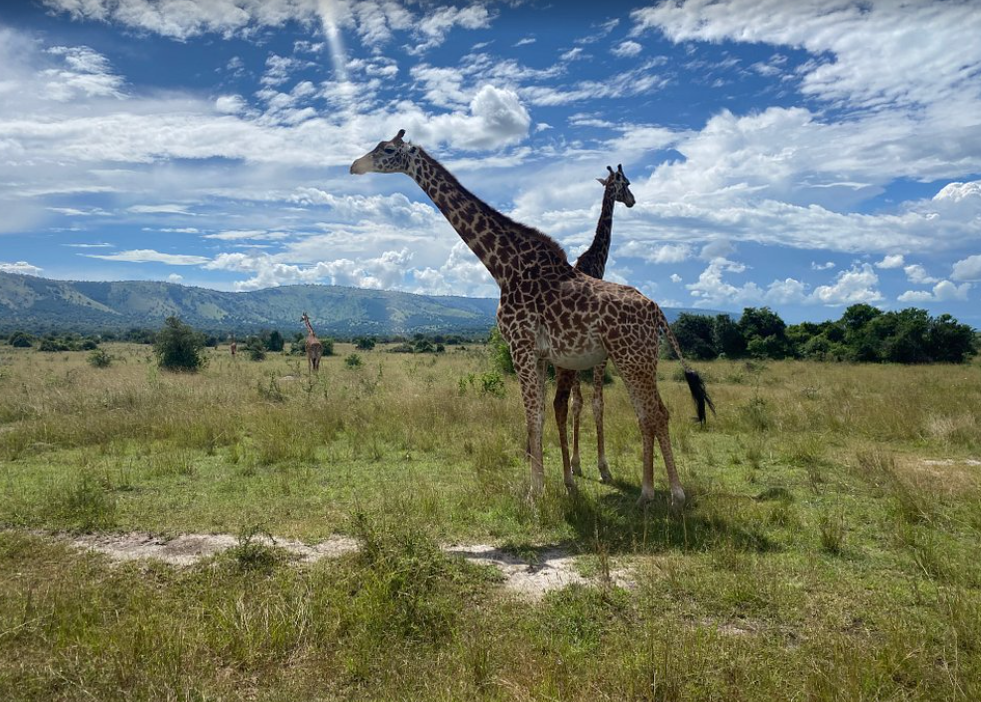Chimpanzee Tracking Exercise
Chimpanzee tracking exercise is an exhilarating activity that allows visitors to observe these intelligent primates in their natural habitats for 1 hour. This activity is popular in East Africa, offering a unique opportunity to learn about and interact with chimpanzees. The experience is both educational and adventurous, making it a must-do for wildlife enthusiasts.
Genetic Similarity
Chimpanzees share about 98-99% of their DNA with humans. This high degree of similarity indicates that humans and chimpanzees share a common ancestor. The small genetic differences account for the distinct physical and behavioral characteristics between the two species.
Where to Track for Chimpanzees in East Africa
Chimpanzee tracking is primarily conducted in Uganda and Rwanda. Both countries offer excellent opportunities to see these fascinating creatures up close.
Uganda
Uganda is a premier destination for chimpanzee tracking, with several locations where the activity takes place.
Kibale National Park
Kibale National Park is the most popular destination for chimpanzee tracking in Uganda. It boasts a high population of chimpanzees and provides a rich biodiversity of flora and fauna.
Budongo Forest
Located near Murchison Falls National Park, Budongo Forest is another excellent spot for chimpanzee tracking. It is less crowded, offering a more intimate experience.
Kyambura Gorge
Kyambura Gorge, located within Queen Elizabeth National Park, offers a dramatic landscape and the chance to see chimpanzees in a unique setting.
Kalinzu Forest
Kalinzu Forest, near Queen Elizabeth National Park, is a lesser-known but rewarding location for tracking chimpanzees. It provides an off-the-beaten-path experience.
Rwanda
Rwanda is also a fantastic destination for chimpanzee tracking, with its primary location being Nyungwe Forest National Park.
Nyungwe Forest National Park
Nyungwe Forest National Park is renowned for its chimpanzee population. The park’s dense forest and diverse ecosystems make it a prime location for tracking these primates.
Lifestyle of Chimpanzees
Chimpanzees are social animals that live in large communities called troops. These troops can range from 20 to over 100 individuals. Chimpanzees are highly intelligent and use tools to aid in their daily activities, such as using sticks to extract termites from mounds.
They communicate through vocalizations, facial expressions, and gestures. Their diet consists mainly of fruits, leaves, and insects, although they occasionally hunt smaller mammals. Chimpanzees build nests in trees or on the ground for sleeping, which they construct from branches and leaves.
Chimpanzee Tracking Permits
Chimpanzee tracking permits are required to participate in this activity. The cost of these permits varies by location.
Uganda
Kibale National Park
A chimpanzee tracking permit in Kibale National Park costs $250 for foreign non-residents, $200 for foreign residents, and UGX 150,000 for East African citizens.
Budongo Forest
In Budongo Forest, the permit costs $150 for foreign non-residents and UGX 100,000 for East African citizens.
Kyambura Gorge
The chimpanzee Permits for Kyambura Gorge are obtained at $130pp for foreign non-residents and UGX 30,000 for East African citizens.
Kalinzu Forest
A tracking permit in Kalinzu Forest costs $130 for foreign non-residents and UGX 30,000 for East African citizens.
Rwanda
Nyungwe Forest National Park
A permit for chimpanzee tracking in Nyungwe Forest National Park costs $250 for foreign non-residents and RWF 5,000 for Rwandan citizens.
The Chimpanzee Tracking Exercise
Chimpanzee tracking involves trekking through forests to locate and observe chimpanzees in their natural habitat. The exercise typically begins early in the morning.
Preparation
Before the trek, visitors receive a briefing from park rangers. This briefing covers safety guidelines, tracking procedures, and information about the chimpanzees.
The Trek
The trek can last anywhere from 2 to 4 hours, depending on the location of the chimpanzees. Rangers lead the group through the forest, following signs such as vocalizations, nests, and footprints.
Observation
Once the chimpanzees are located, visitors spend about an hour observing them. During this time, they can watch the chimpanzees’ behaviors, interactions, and routines.
Post-Trek
After the trek, visitors return to the starting point, where they can ask questions and share their experiences with the guides.
Frequently Asked Questions
What should I wear for chimpanzee tracking?
Wear long-sleeved shirts, long trousers, and sturdy hiking boots. Also, bring a hat, gloves, and a rain jacket.
What is the minimum age for chimpanzee tracking?
You must be at least 15 years old to participate in chimpanzee tracking.
Can I take photos during the tracking?
Yes, you can take photos, but avoid using flash to prevent disturbing the chimpanzees
Is it safe to track chimpanzees?
Yes, tracking is safe when you follow the guidelines provided by the park rangers. These chimpanzees and rangers are usually trained to handle various situations.
What should I bring for the trek?
Bring water, snacks, insect repellent, and a camera. A small backpack is useful for carrying your essentials.
How fit do I need to be for chimpanzee tracking?
You need a moderate level of fitness. The trek involves walking through uneven terrain and sometimes steep inclines.
When is the best time to go chimpanzee tracking?
The best time is during the dry seasons, from June to September and December to February. These months offer better trekking conditions.
Do I need to book permits in advance?
Yes, it is advisable to book permits in advance due to limited availability and high demand.
Can I track chimpanzees on my own?
No, tracking must be done with a registered guide or ranger for safety and regulatory reasons.
Are there accommodation options near tracking sites?
Yes, there are various accommodation options ranging from budget to luxury near the tracking sites.
How many people are allowed in a tracking group?
Group sizes are usually limited to 6-8 people to minimize impact on the chimpanzees and enhance the experience.
Chimpanzee tracking in East Africa: offers an unforgettable adventure into the world of these remarkable primates. Whether you choose Uganda or Rwanda, the experience is both thrilling and educational. By understanding their behavior and contributing to conservation efforts, visitors help ensure that chimpanzees continue to thrive in their natural habitats. Plan your chimpanzee tracking trip today and embark on a journey filled with discovery and awe.






